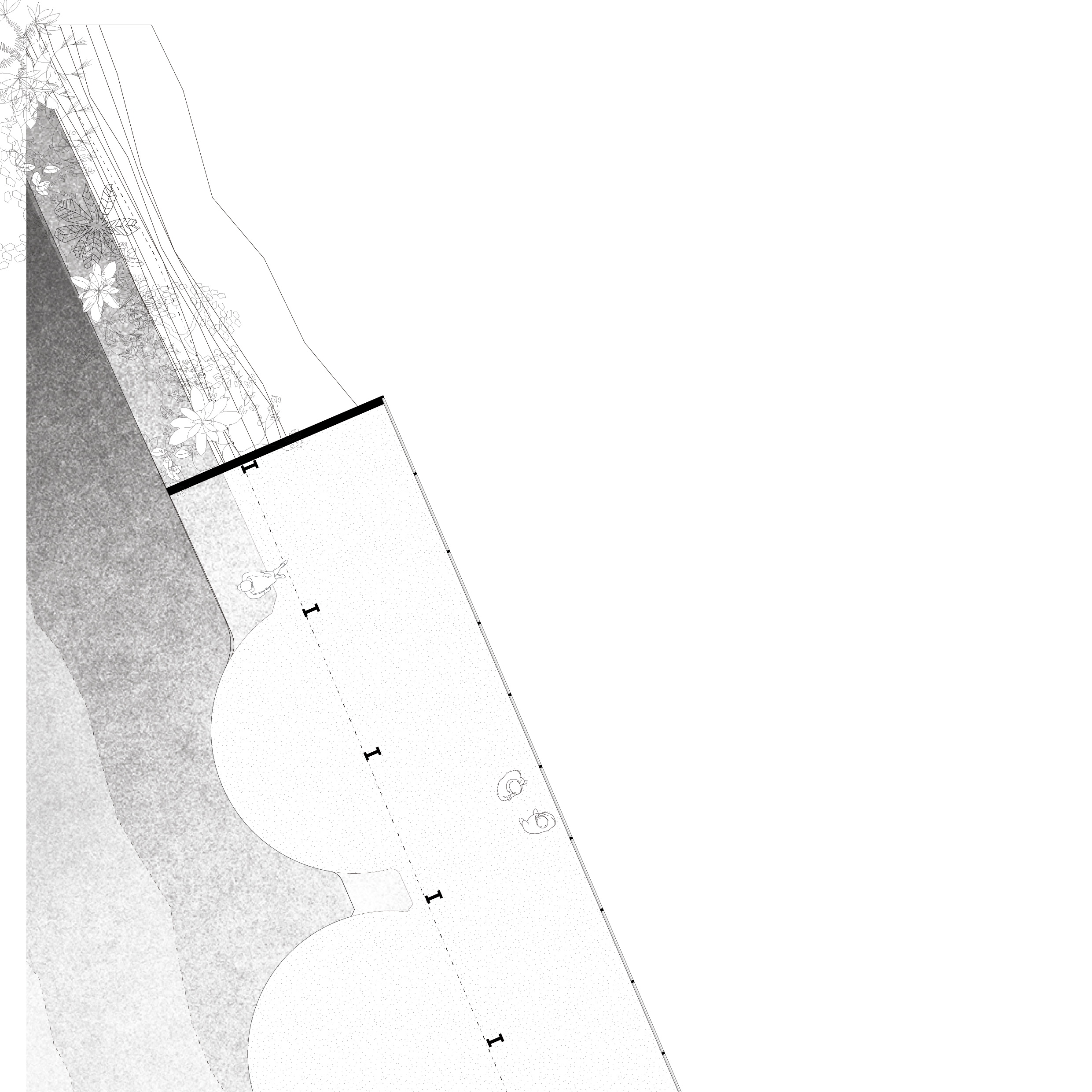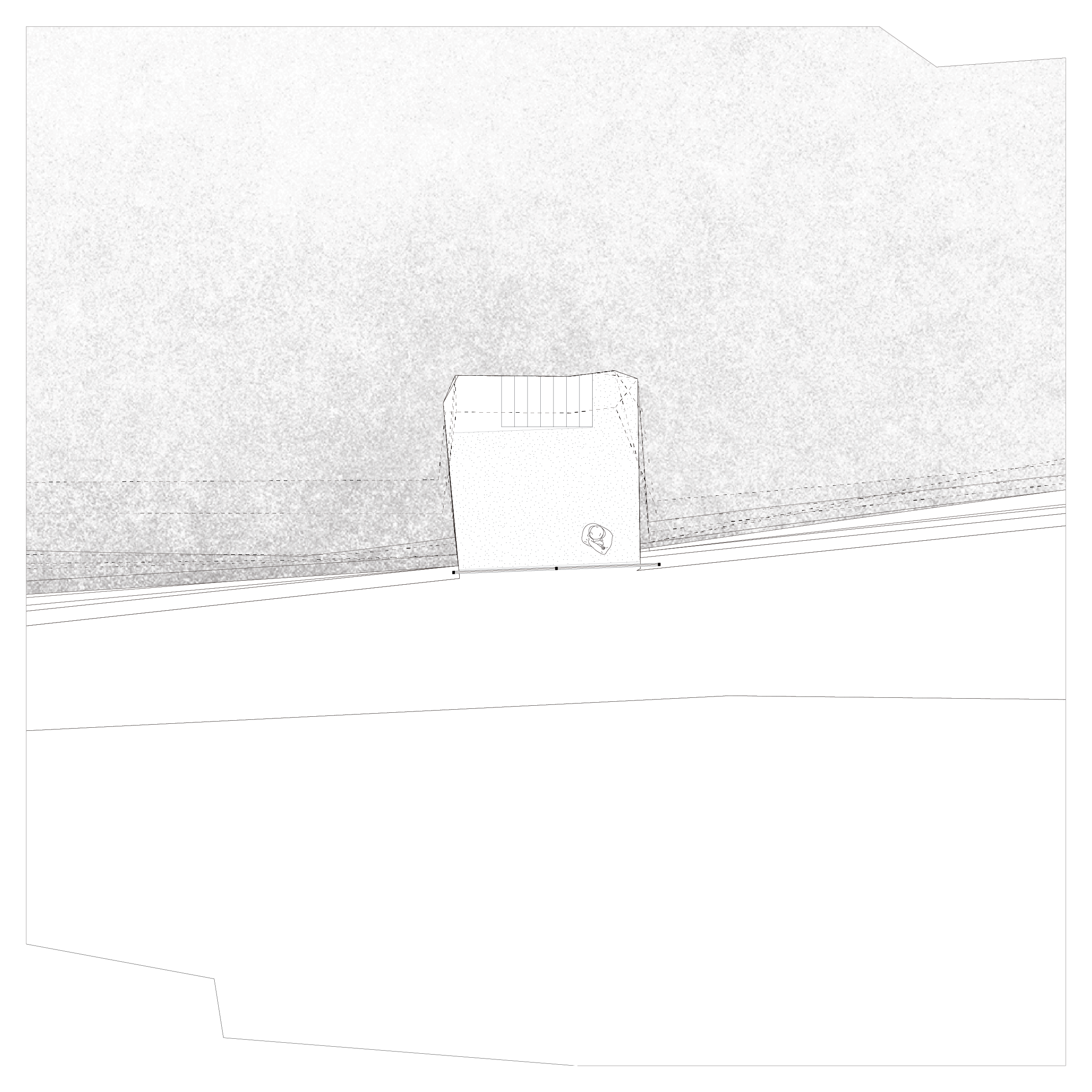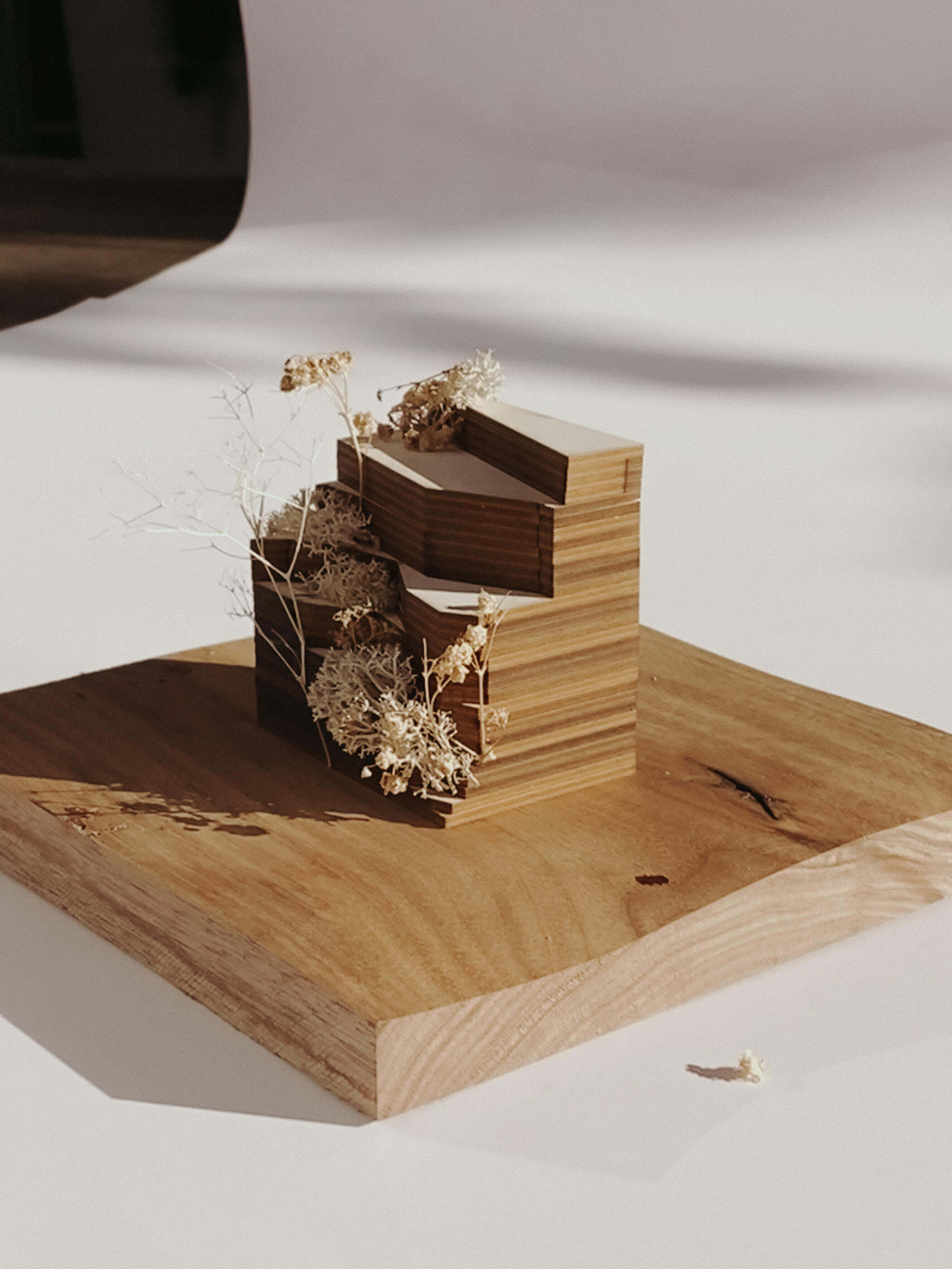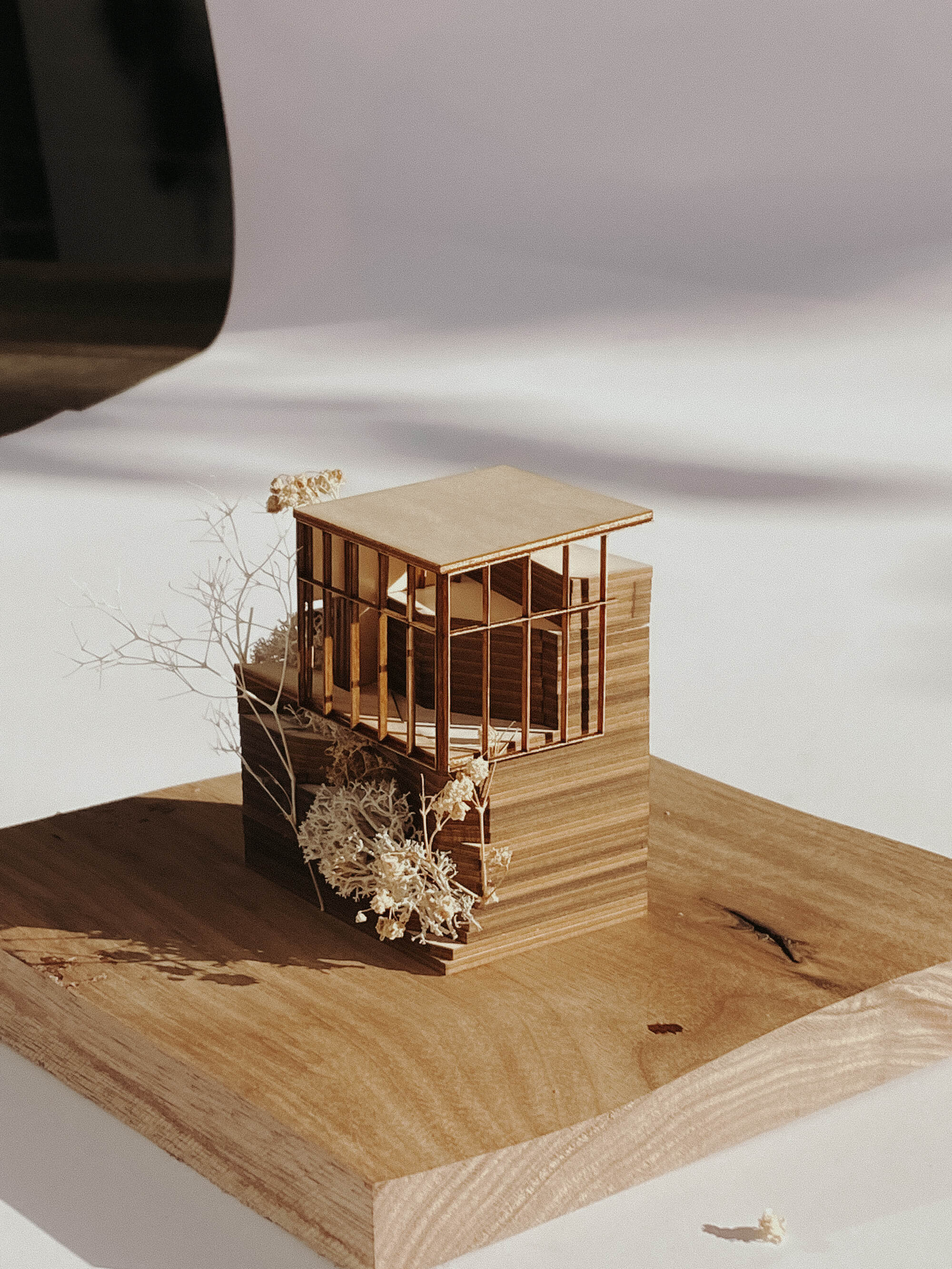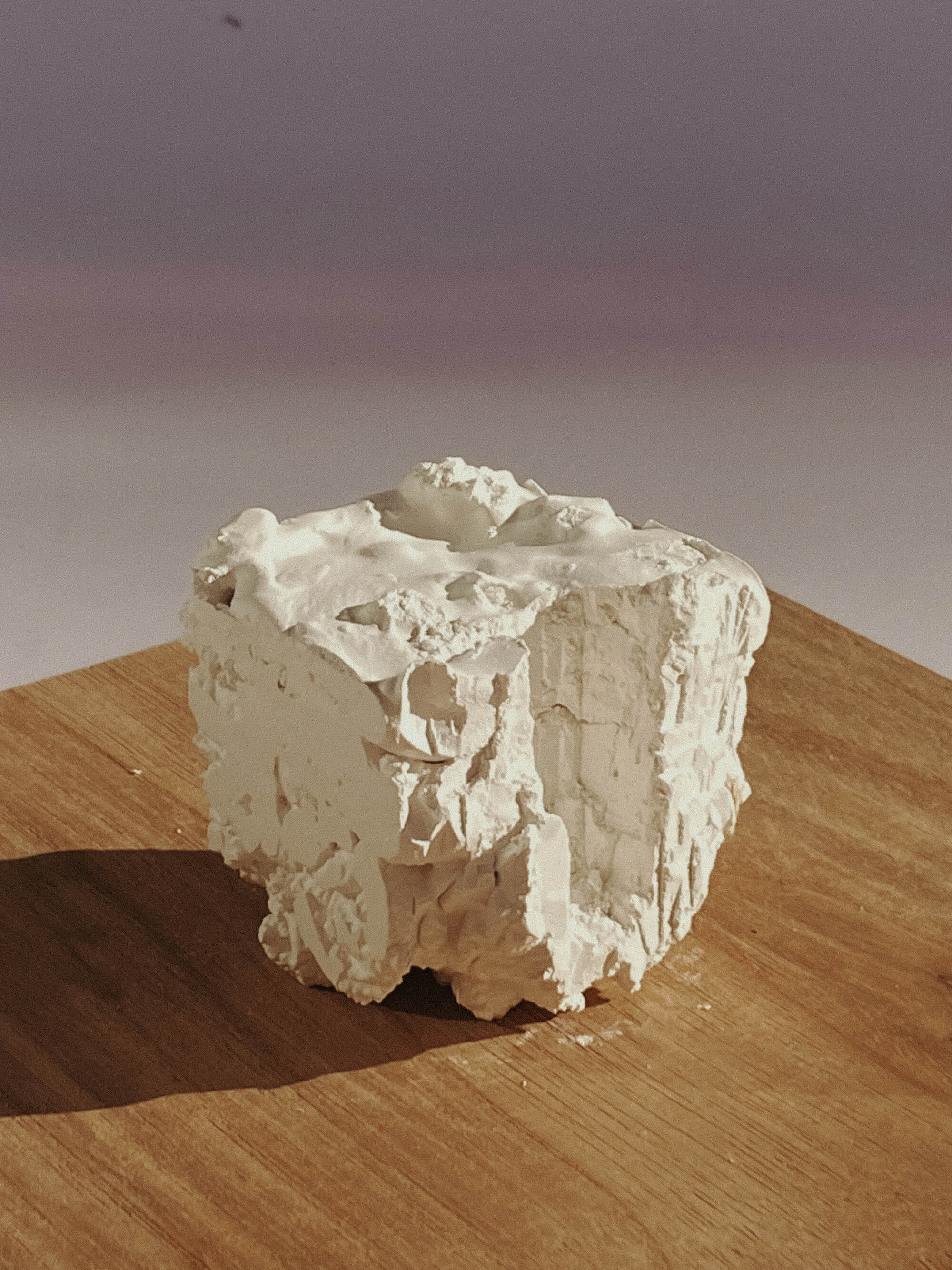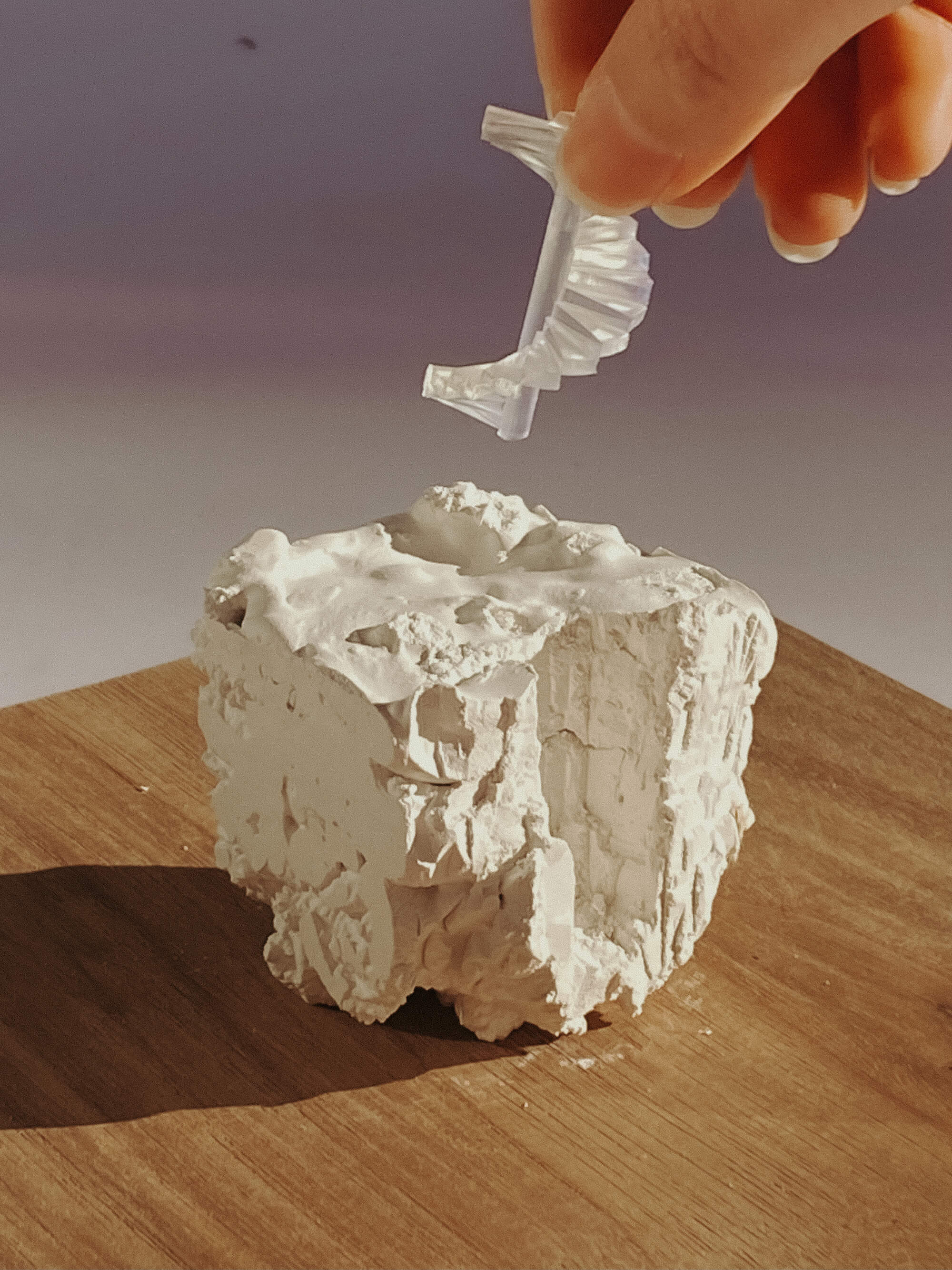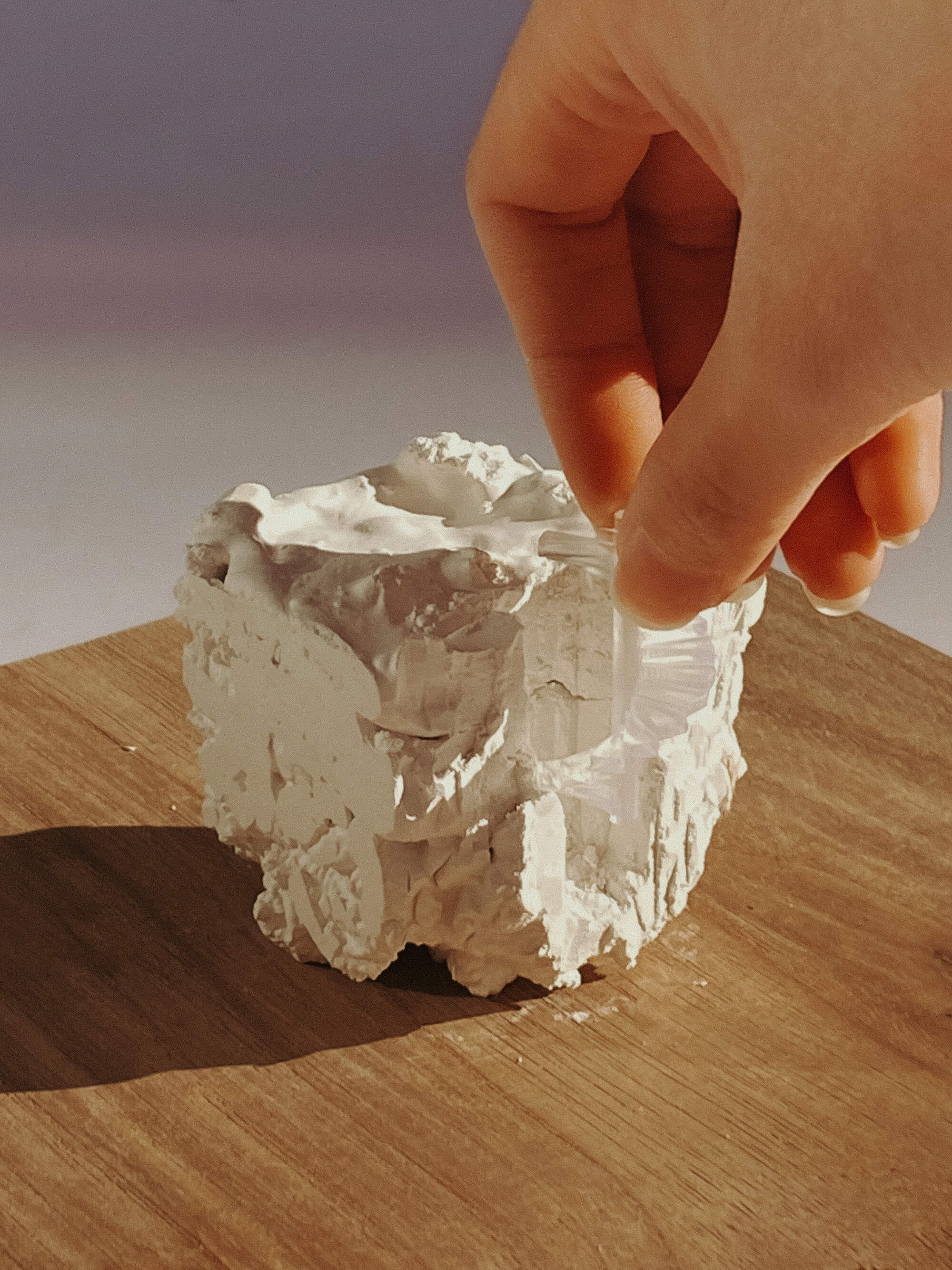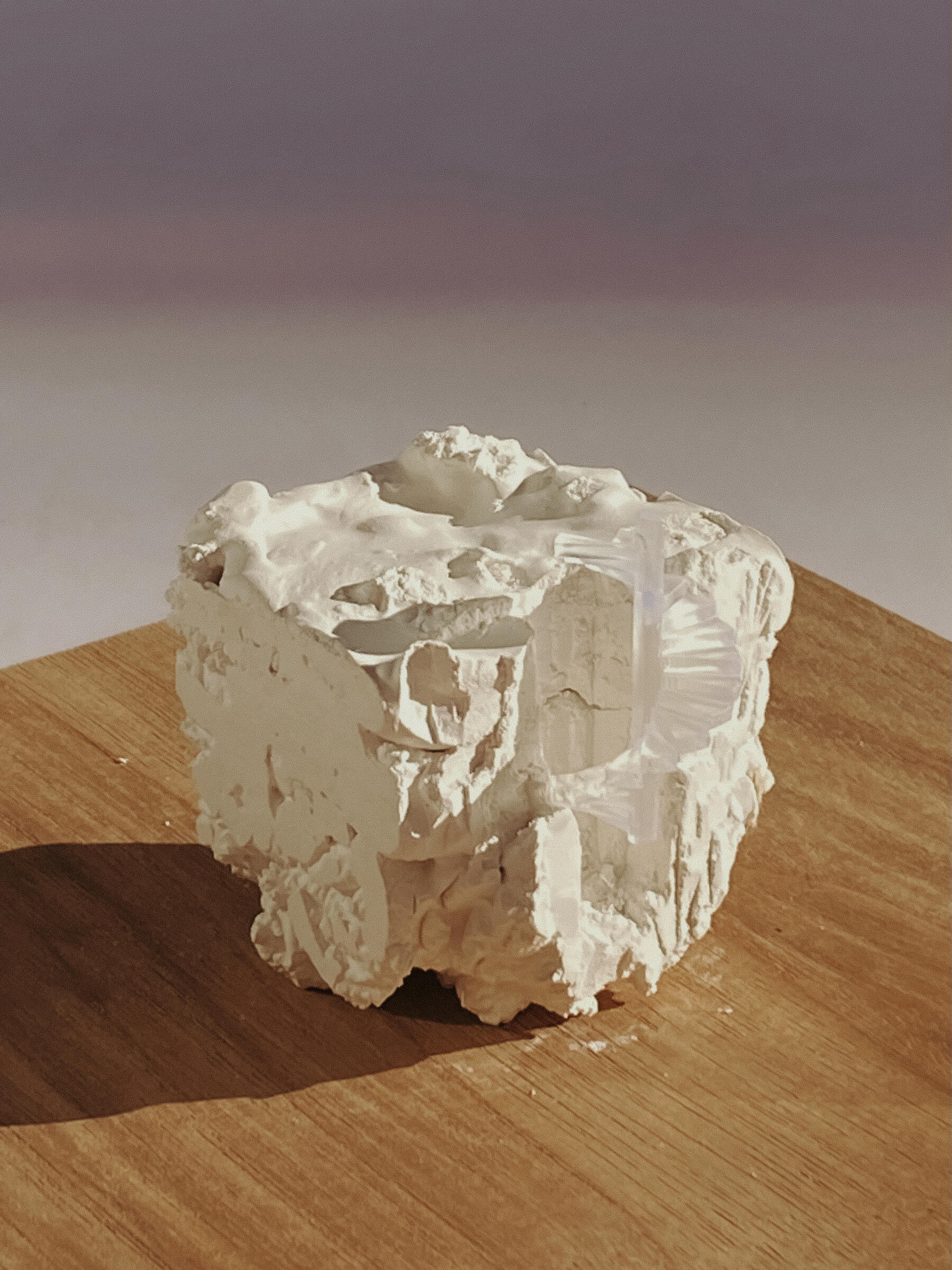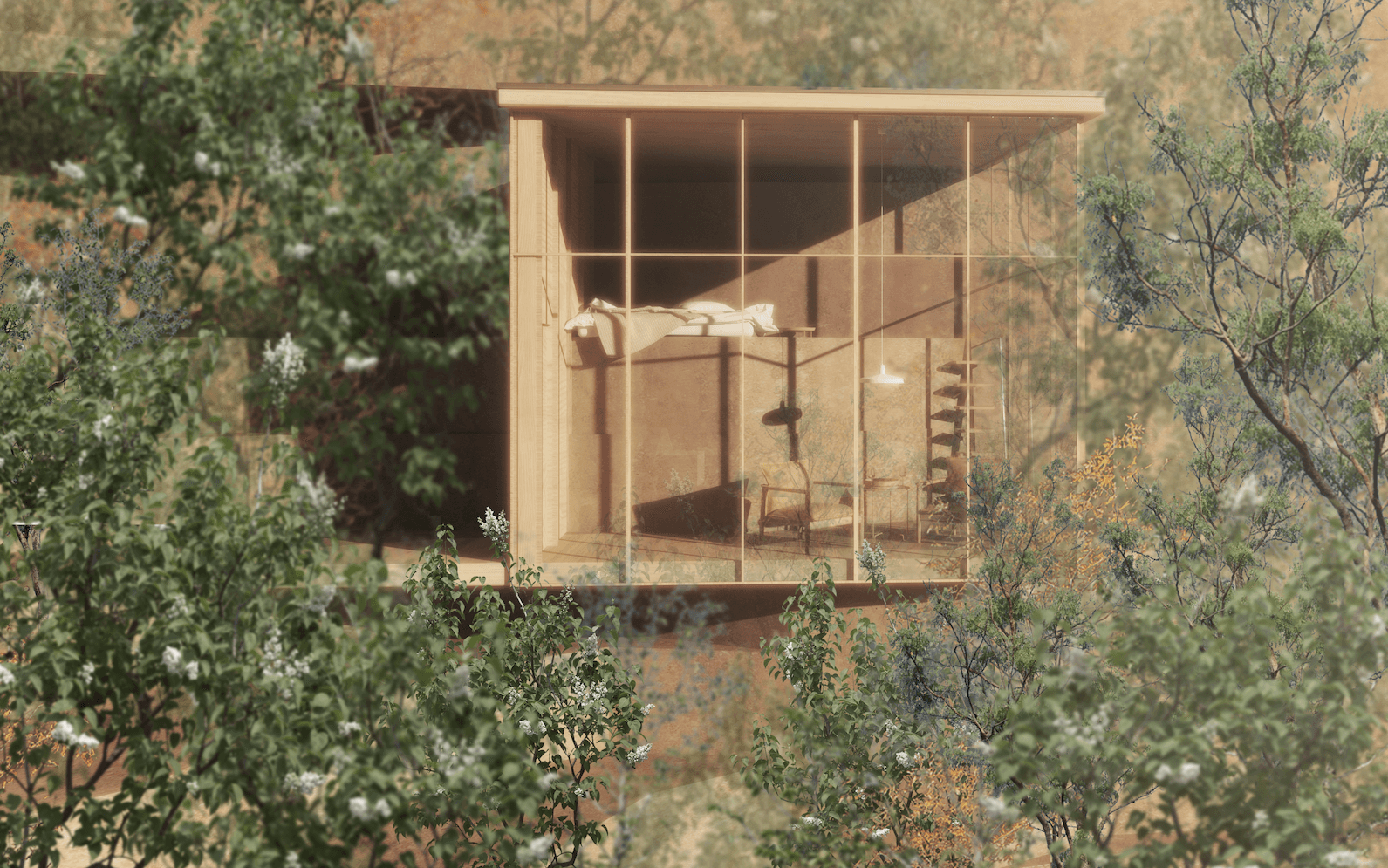Interventions into Immersion
Cockatoo Island, Australia 2021

︎ Part 1: Beginning in the Home
The story of Interventions into Immersion begins at the threshold entering into the two remarkable and intimate late-modernist homes of Australian architects, Hugh Buhrich and Richard Leplastrier. One home is found embedded in the dense green rock-face of Castlecrag, and the other perched in the lush hillside overlooking Lovett Bay.
The story of Interventions into Immersion begins at the threshold entering into the two remarkable and intimate late-modernist homes of Australian architects, Hugh Buhrich and Richard Leplastrier. One home is found embedded in the dense green rock-face of Castlecrag, and the other perched in the lush hillside overlooking Lovett Bay.
Lessons upon what it means to be living in the city, where the ‘city’ is a moniker for what physically surrounds us, are drawn from these delicate implementations of architecture upon landscape. The homes curate a unique perception of their specific surroundings through precise methods of architectural intervention. Here architecture becomes an extension of its context, a tool to frame and amplify particular connections between the individual, the architecture, and the landscape.
Architecture in its essence envelopes humanity in a collage of moments, nurturing function, comfort and a framing of senses to enable one to immerse, appreciate and ground into their surroundings.
These elements to come together to form each individual human experience of living in their city and landscape, moulded by the powerful sensory lens that is architecture.
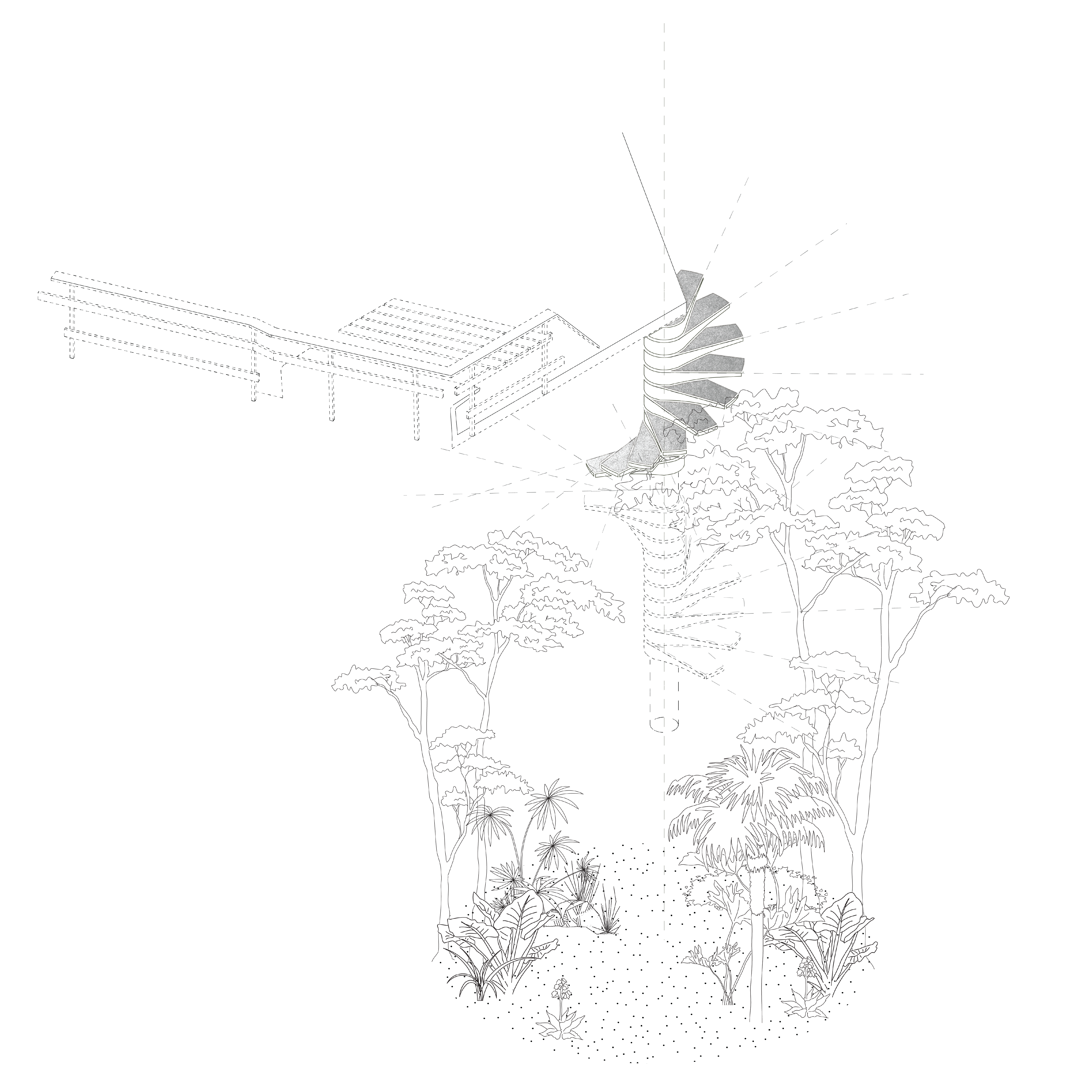
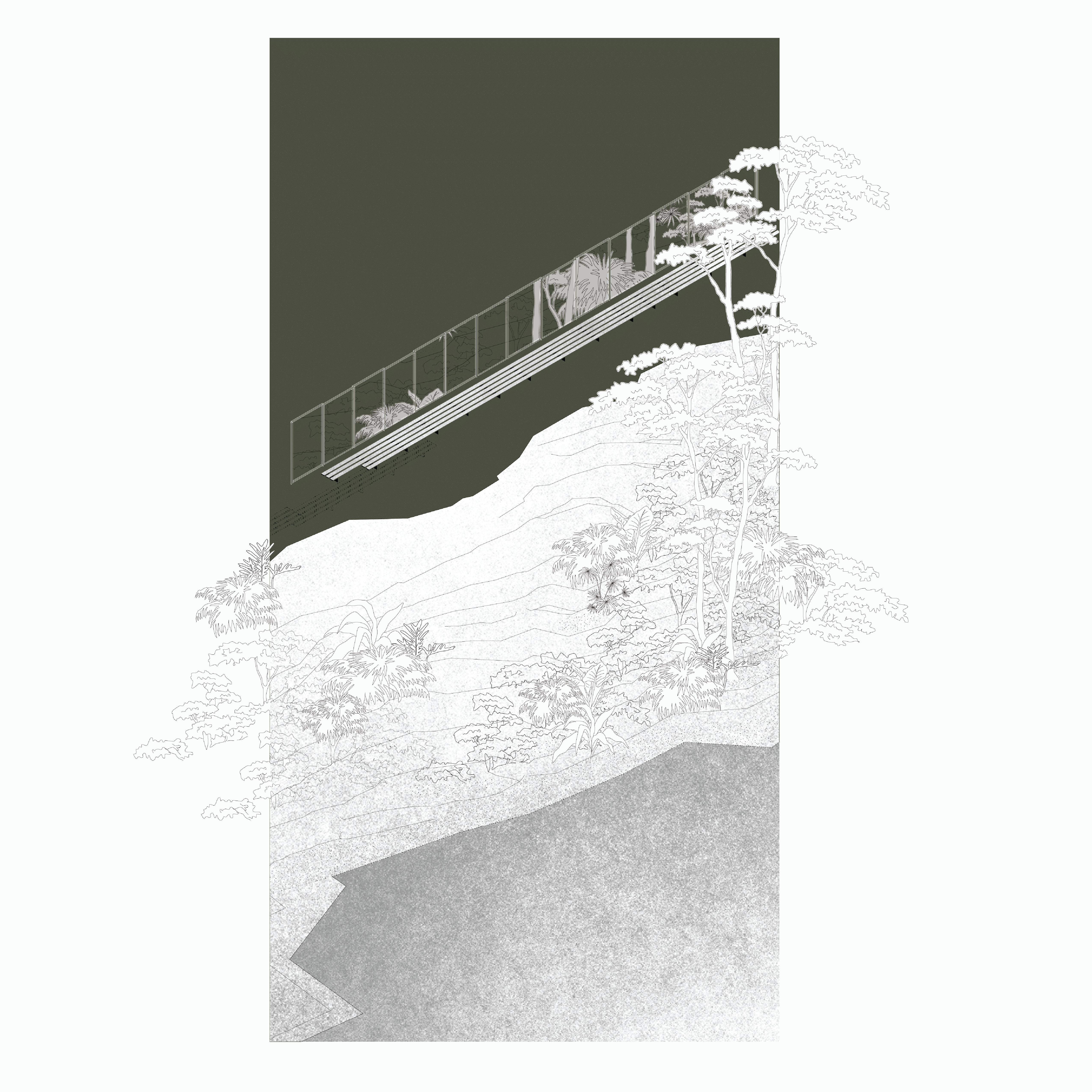
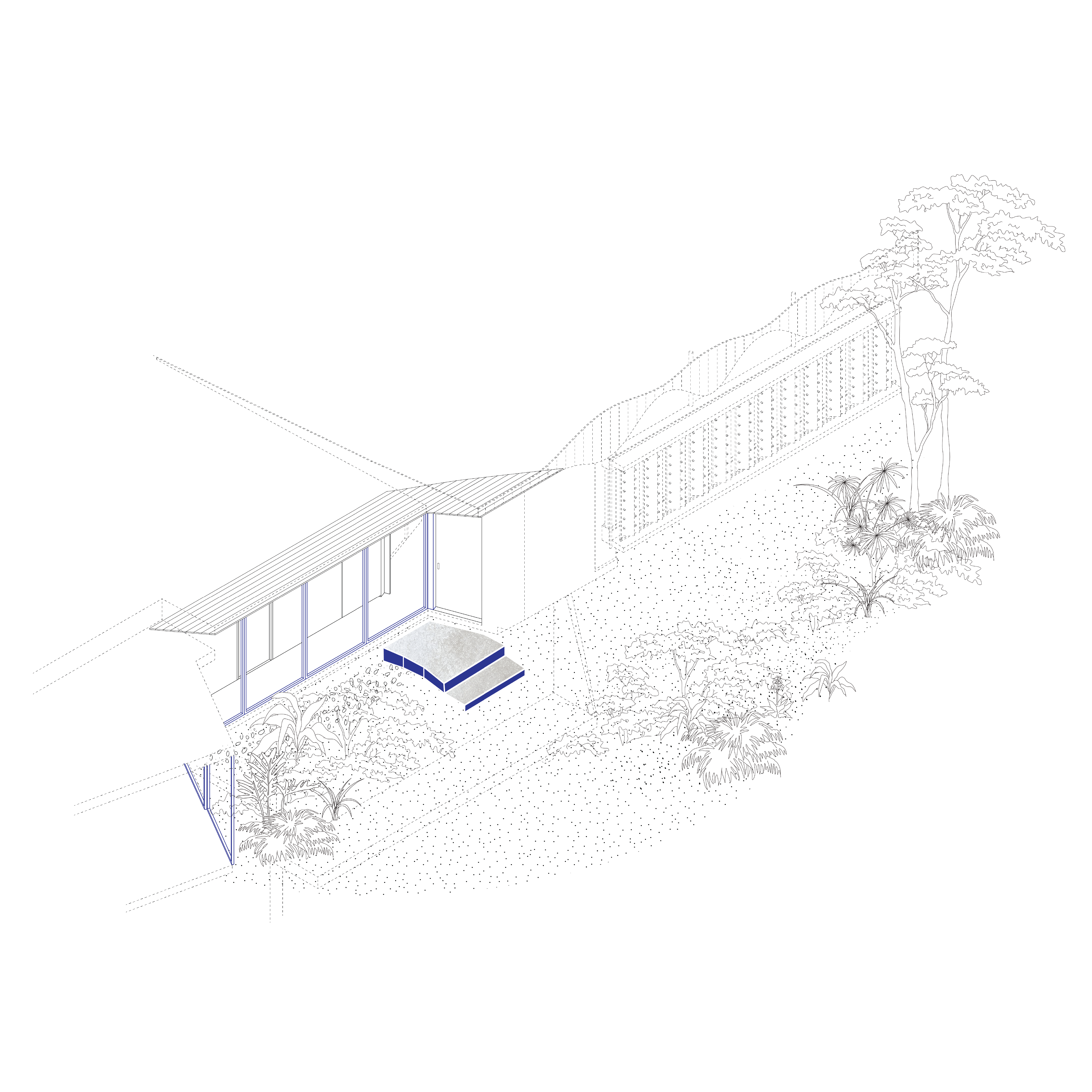

A framed view from Richard Leplastrier’s Lovett Bay home
︎ Part 2: Cockatoo Island, Wareamah
A sandstone landscape chiseled and embedded with layer upon layer of intervention, Cockatoo Island, also known as Wareamah, is a canvas of history that reveals previous human interactions with landscape driven predominately by function.
Situated between the suburns of Woolwich and Balmain, and as a ferry connection between Circular Quay and Western Sydney, Cockatoo Island forms an axis of outlooks, with views extending across the water, allowing for glimpses into various modes of living within the city of Sydney from one central point.
A sandstone landscape chiseled and embedded with layer upon layer of intervention, Cockatoo Island, also known as Wareamah, is a canvas of history that reveals previous human interactions with landscape driven predominately by function.
Situated between the suburns of Woolwich and Balmain, and as a ferry connection between Circular Quay and Western Sydney, Cockatoo Island forms an axis of outlooks, with views extending across the water, allowing for glimpses into various modes of living within the city of Sydney from one central point.
Here one can observe the varigated texture of the rock face, pockets of dense vegetation, landmarks, outlooks, and sensory connections to the waters edge. These elements have been identified into a spatial catalogue, a “Catalogue of Immersion” which divides island into a grid of 50m x 50m spaces.
From here existing spatial experiences connecting an individual to features in the landscape are identified, whether it is immediate or beyond the water surrounding Cockatoo Island. Then begins the process of amplifying these connections through architectural intervention, guided by the logic extracted from the Hugh Buhrich’s House.

Catalogue of Immersion
![]()
Textures of landscape
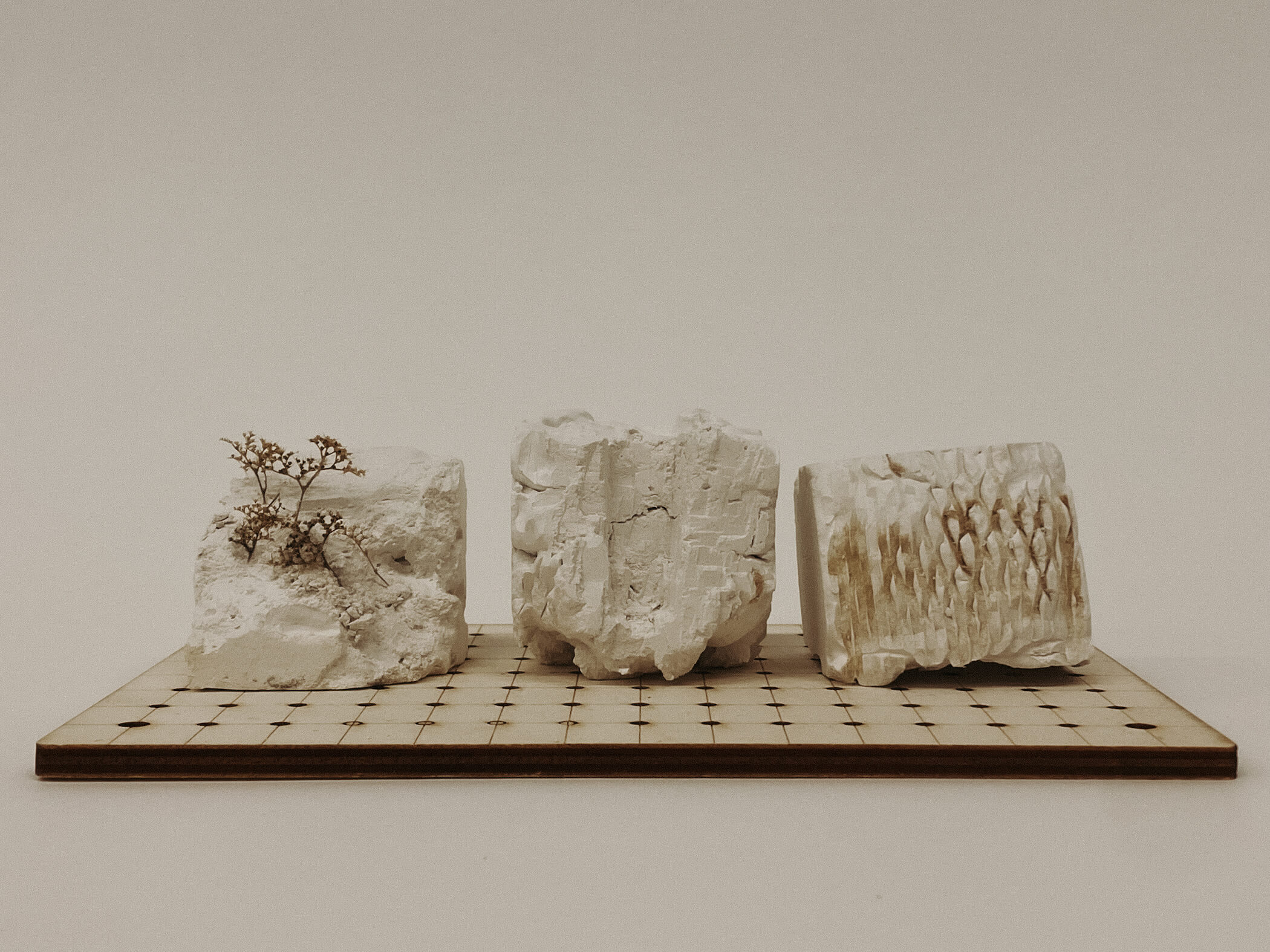
Textures of landscape
︎ Part 3: Interventions into Immersion
Points of intervention for the proposal are chosen based on the their existing but subtle relationships to specific points of Sydney which extend from the Cockatoo Island axis.
By extracting the unique experiences and perspectives they offer, and by extending and enhancing their potential through tools drawn from the study of Hugh Buhrich’s House, there emerges an in-depth exploration of the different relationships between Cockatoo Island and the qualities of its various surrounding contexts - the city, the suburbs, landscapes, and water.
Points of intervention for the proposal are chosen based on the their existing but subtle relationships to specific points of Sydney which extend from the Cockatoo Island axis.
By extracting the unique experiences and perspectives they offer, and by extending and enhancing their potential through tools drawn from the study of Hugh Buhrich’s House, there emerges an in-depth exploration of the different relationships between Cockatoo Island and the qualities of its various surrounding contexts - the city, the suburbs, landscapes, and water.
After exploring the curated outlooks, visitors depart with a personal ‘piece’ of the island. They have explored different spatial qualities which reflect different points of the city and layers of living. Visitors develop a fondness for one, or some spaces, over others.
As such, the layers of city living are brought together onto the one landform, and Cockatoo Island becomes the axis and the interventions the lens to explore and experience the nuances of living in the city.

